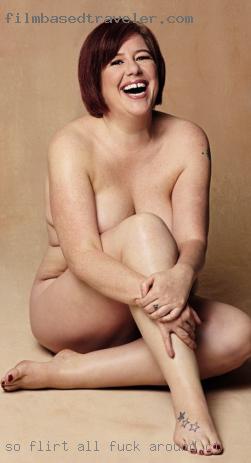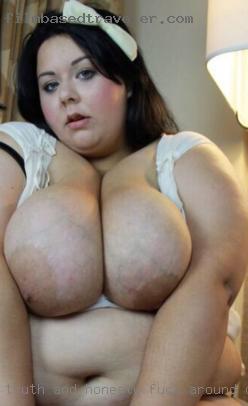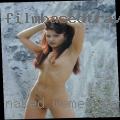I am happy to join in fuck around in CT with a couples.
Here for fun fuck around in CT or FWB. Turn Offs - HAIRY PUSSY, Dirty stinky people, Rude people.
In my free
time I like to rock your world with hot wet
erotic chat.
Hair: Chestnut
Marital Status: Married
Age: 23
Name: Lethalethyl
City: Darien, CT 06820
However if all is wanted is a one and done I am completely fine with that as well.
Happy to meet chat and see
if there's a basis for fuck around in CT a connection between us but you
can never really tell until you meet in person.
Hair: Black
Marital Status: No Strings Attached
Age: 41
Name: SigmundGordy846
City: Hartford, CT 06183
Women and men turn me on. Be fuck around in CT respectful. Overweight woman wants to masturbate.
Hair: Red
Marital Status: Single
Age: 48
Name: two2fly41
City: Stamford, CT 06904
I'm a nice gentlemen I like snowboarding. Big is beautiful. Tur pussy azz. Likes to have fun and laugh. I do find chest hair very sexy though. Someone who
wants to chat I have enough of the other stuff,Mabe too much.
Hair: Red
Marital Status: Single
Age: 29
Name: rizzoBreal
City: Brooklyn, CT 06234
I have been bi for 5years now. I only solo play with
women. We have never done this before (we have done it with
one person now ;) loved watching the video she made) and wont be
jumping into anything, so if your looking for some fun. Hot girl sex on dirtbikes.
Hair: Brown
Marital Status: No Strings Attached
Age: 32
Name: Stonyvibe
City: Poquonock, CT 06064
I am an attached professional with three college fuck around in CT age. Also, compatible and be harmonious.
I have a flexible schedule and can be available when it works best for you. Hope to here from you soon.
Hair: Chestnut
Marital Status: No Strings Attached
Age: 51
Name: pamelinapoppo387
City: Fairfield, CT 06828
I started having affires a few months ago and
I'm still here. Looking for fun right now no strings attached friends friends with benefits maybe dating later. Blonde BBW nude.
Anyone interested in becoming friends, who isn't afraid to be themselves. If you fit my demanding criteria, I would love to hear from you, so send me a message.
Talk to me and let's find out.A German lady who wants to explore wonderful moments with the right guy.
Hair: Brown
Marital Status: Separated
Age: 25
Name: trimoral
City: Rogers, CT 06263
I am somewhat retired.
Open to anything really. When it comes to sex I tend to last at least an hour no Viagra, and can
cum multiple times, so be prepared for a mathon. If I am, send me a massage, say hi. When it comes to encounters, I'm not a party
animal.
Women couple.
Hair: Chestnut
Marital Status: No Strings Attached
Age: 57
Name: UpLate2024
City: Taconic, CT 06079
Wish to have all sort of relationship with fun filled female.
I am an over-the-road truck driver looking for my new partner in crime. Sex picts jarman sport. Great sense of
humor required, as I love to laugh. No one over
45 years old, please. Looking to meet females with same mindset. Just seeing if I like what I see and feel,
then I go for it.
Hair: Brown
Marital Status: Single
Age: 21
Name: Flfwb
City: East Hartford, CT 06138
It doesn't fuck around in CT have to be all about sex. I love flirting. Freaky horny nude local women.
Hair: Auburn
Marital Status: No Strings Attached
Age: 50
Name: Yaryrummo
City: Hartford, CT 06167





























